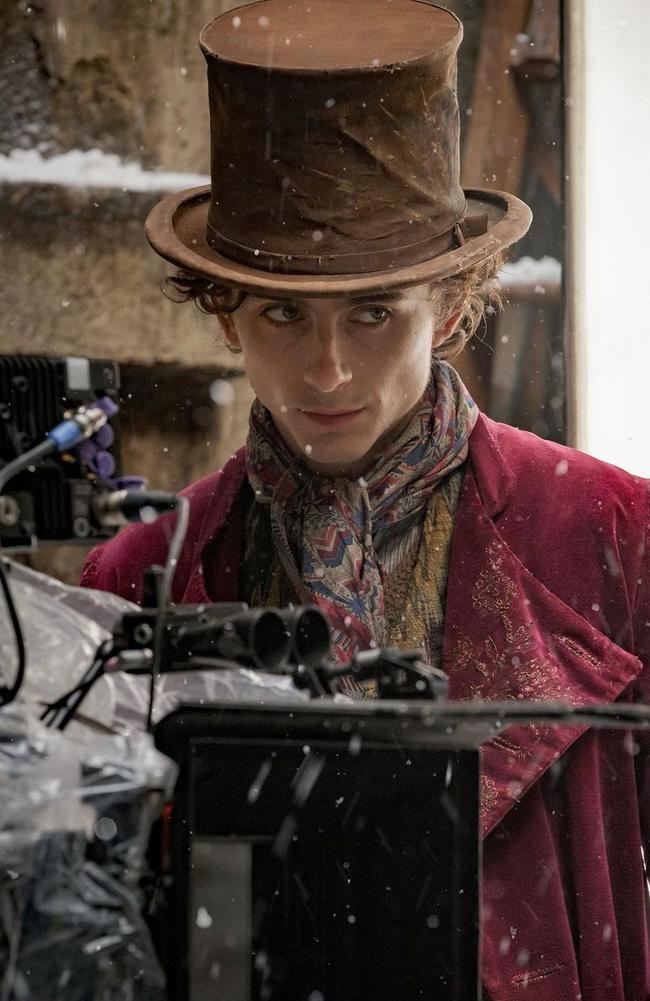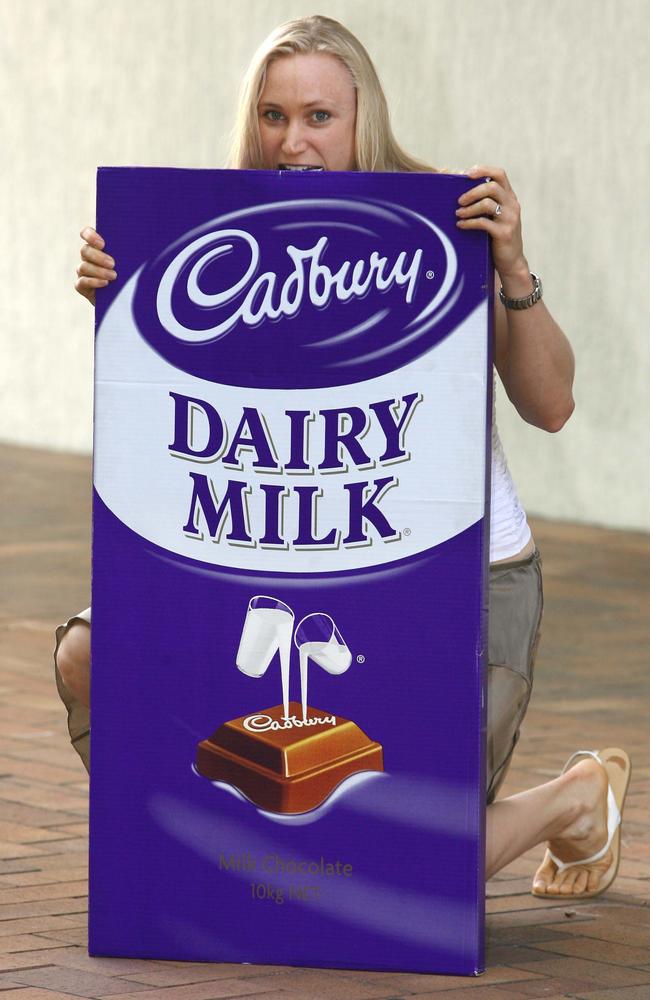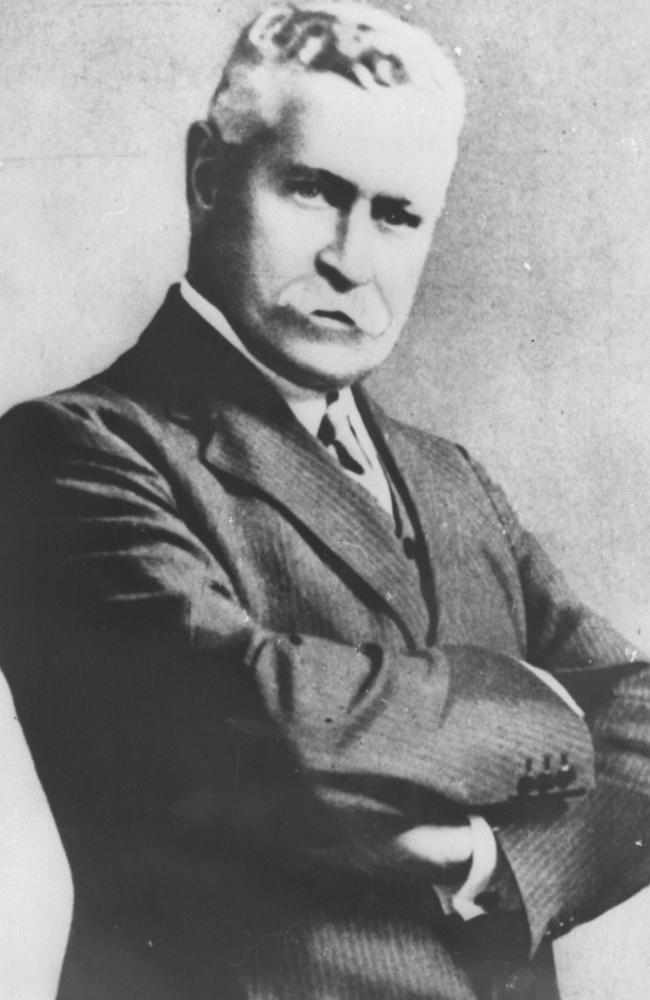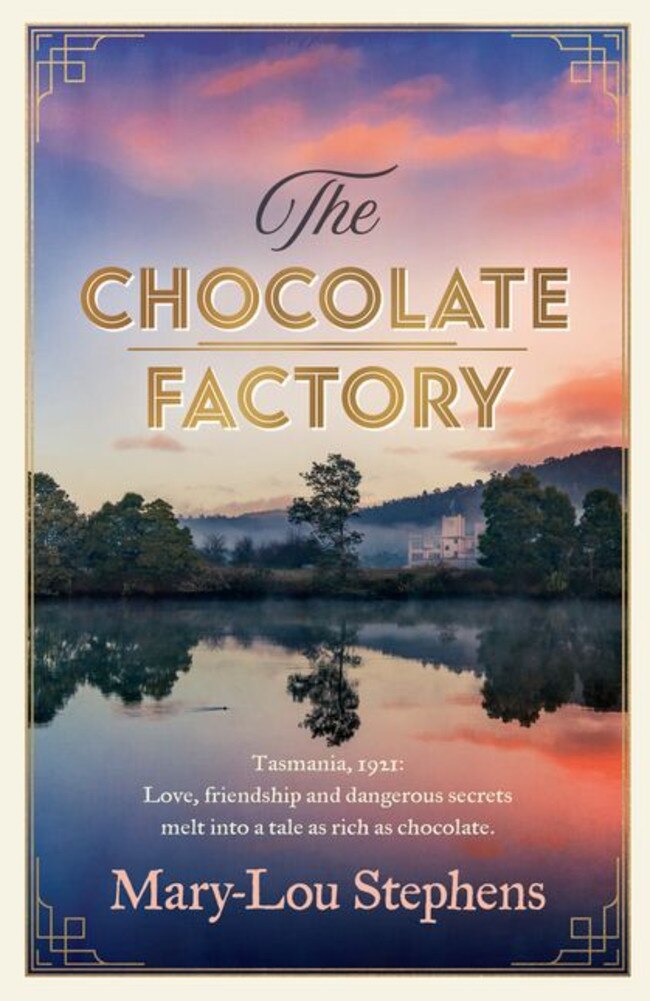Wonka-style ‘chocolate war’ changed how Aussies snack forever
‘Chocolate spies’ sound like something from Willy Wonka – but they were a very real menace in a wild and weird power struggle that impacts how most Australians snack today.
Books
Don't miss out on the headlines from Books. Followed categories will be added to My News.
In the much-loved story, Charlie and the Chocolate Factory, Grandpa Joe explains to Charlie why the gates to Willy Wonka’s factory are locked and workers are never seen going in or coming out.
‘Because of spies,’ he says.
‘Spies?’ Charlie asks.
Grandpa Joe tells Charlie that the other chocolate makers were jealous of Wonka’s creations and sent in spies, disguised as workers, to steal his secrets. To protect his recipes, Wonka let all his employees go.

While it’s true Roald Dahl had a magnificent imagination, these chocolate spies were based on fact. Roald Dahl went to boarding school near the Cadbury’s Bournville factory. His lifelong love of chocolate stemmed from being a taste tester for Cadbury as a boy. He was also aware of the industrial espionage that was rampant between the chocolate firms at the time. The companies often tried to steal trade secrets by sending spies, posing as employees, into each other’s factories. In turn the factories employed detectives to sniff them out. After its release in 1905 Cadbury Dairy Milk became the most popular chocolate in the world and Cadbury’s competitors were determined to get their hands on the recipe. To protect its greatest asset Cadbury didn’t go as far as to tell all the workers to go home but the recipe was kept in a vault and the few who knew it were legally bound never to divulge its secret.

When Cadbury opened its first overseas factory in Tasmania in the early 1920s, lured by the cool climate, fresh milk and cheap hydro-electricity, the company found itself under a different form of attack.
Cadbury’s fiercest competitor was Macpherson Robertson of MacRobertson’s. His empire had humble beginnings in the bathroom of the family home and by 1900 MacRobertson’s was the largest manufacturer of confectionary in Australia. MacRobertson’s position was strengthened by the tariffs Australia had in place to restrict imports of sweets and chocolate. During WWI the importation of chocolates was prohibited completely and the Australian manufacturers had the market to themselves, something they weren’t willing to give up once the war restrictions were lifted and the enemy, Cadbury, breached their borders. Robertson was determined to maintain his position no matter what it took.
His weapon of choice was glucose.

MacRobertson’s had control of most of the glucose supply in Australia and enlisted the aid of the other large confectionary manufacturers, Allen’s and Hoadley, to ensure Cadbury was starved of this essential ingredient. Chocolate can be made without glucose but not the centres nor any other confectionery. Robertson’s plan was to force Cadbury’s Australian enterprise to come to him for supplies and then absorb the mighty Cadbury-Fry-Pascall into his own company. The Dairy Milk recipe would be his.
As Cadbury scrabbled to find another option the lies and mistruths about its Tasmanian factory continued to circulate – Cadbury had not had to pay for the land at Claremont nor the extension of the railway line to the factory, import duties on equipment were waived and hydro-electricity was provided for free. These stories were printed in the trade papers along with false reports about the number of employees Cadbury was bringing from England. Some newspapers described the events as a war between Tasmania and the mainland and the participants as chocolate soldiers.

Cadbury refused to surrender and eventually found a small glucose manufacturer willing to supply the liquid gold they needed. Shortly afterwards glucose manufacturing practices changed and Robertson no longer held the monopoly.
My new novel The Chocolate Factory is set during this extraordinary time – following the stories of two employees caught in the intrigue, weaving in love and ambition against a backdrop of a world still recovering from war.
While wandering through the Cadbury Estate at Claremont during the research for the book I was bemused to find myself in MacRobertsons Terrace. In the1920s giving the street such a name would have been akin to treason. But in 1967, Macpherson Robertson’s heirs sold the company to Cadbury. MacRobertson’s biggest sellers, Old Gold, Cherry Ripe and Freddo Frogs, became part of the Cadbury line.
This year Cadbury celebrates its 200th anniversary. The company has come a long way from John Cadbury’s modest shop in Birmingham where he prepared cocoa and drinking chocolate using a mortar and pestle. Even though Cadbury was bought by Kraft and then Mondelez, Dairy Milk has survived, the recipe known only to a select few, and it still ranks as one of the world’s favourites.

The Chocolate Factory by Mary-Lou Stephens is out now, published by HQ Fiction.
Our Book of the Month is Anna O by Matthew Blake. Get 30% off the RRP at Booktopia with the code ANNAO. Only on ISBN 9780008607807. Not with any other offer.
Share your book thoughts at The Sunday Book Club group on Facebook.
And we hope you enjoyed the video chat with DERVLA McTIERNAN at the top of this story, in our first Sunday Book Club Five interview. Hear more from Dervla nxt week and catch her on tour here.
Originally published as Wonka-style ‘chocolate war’ changed how Aussies snack forever


